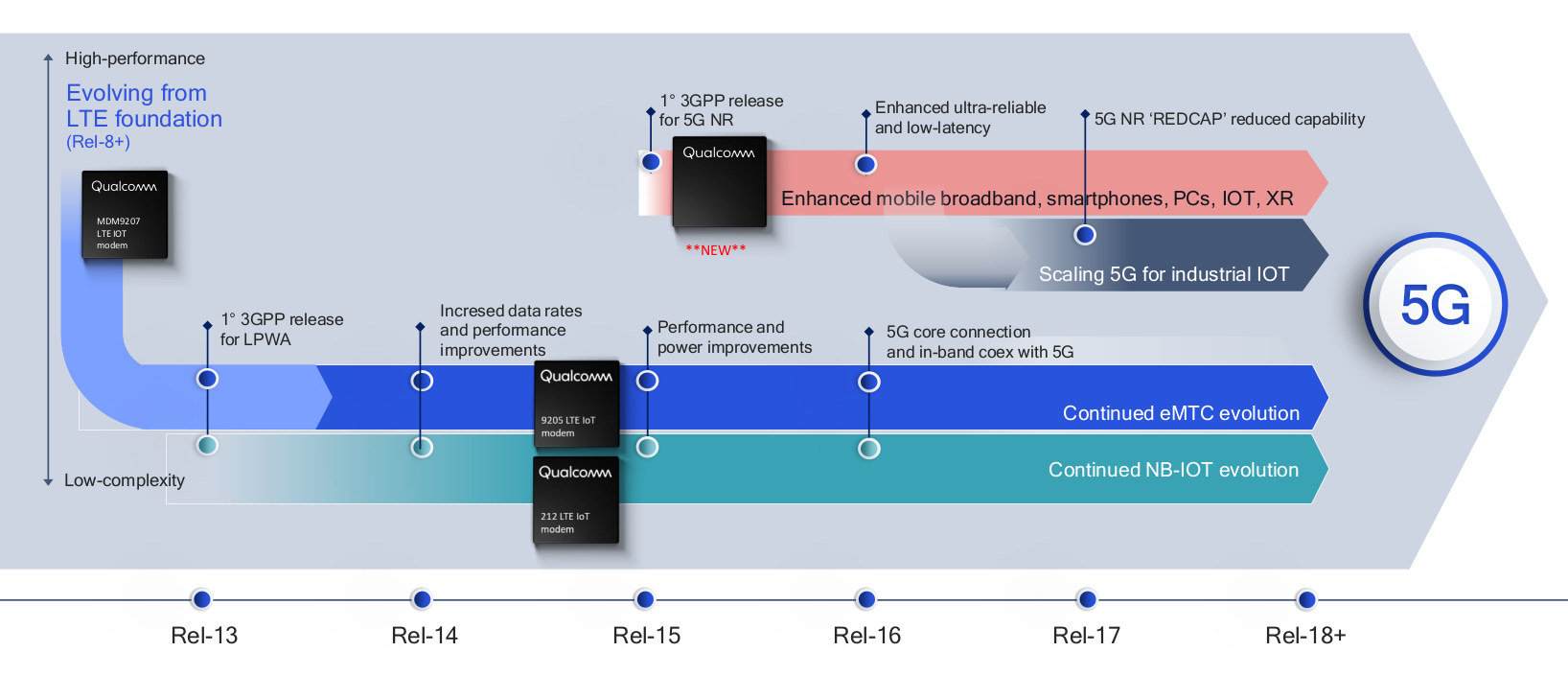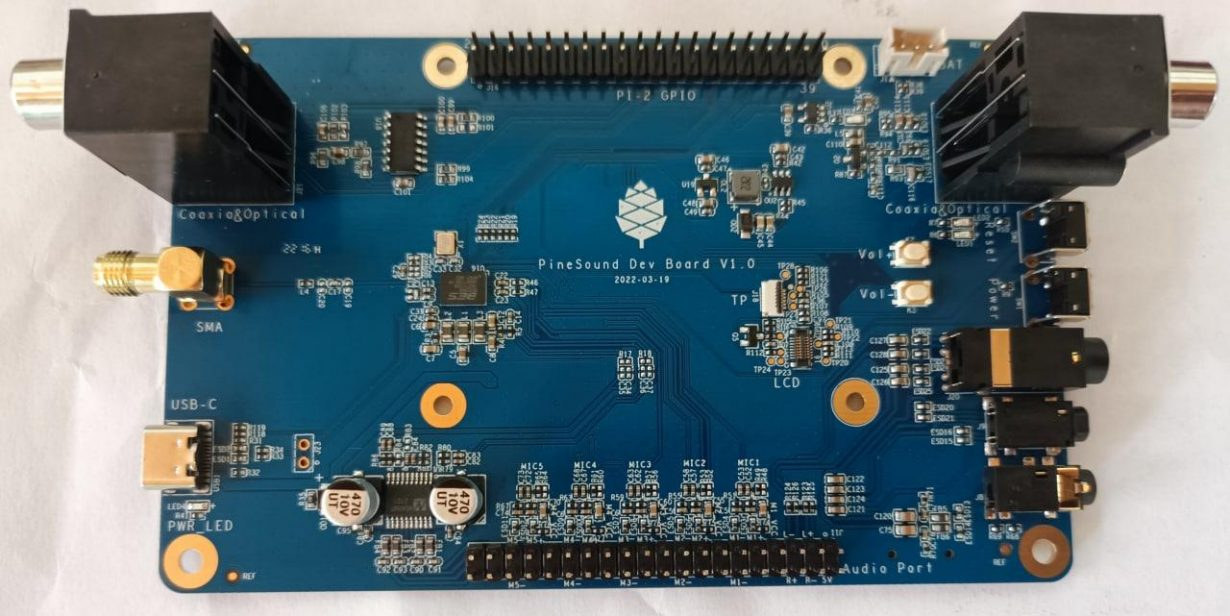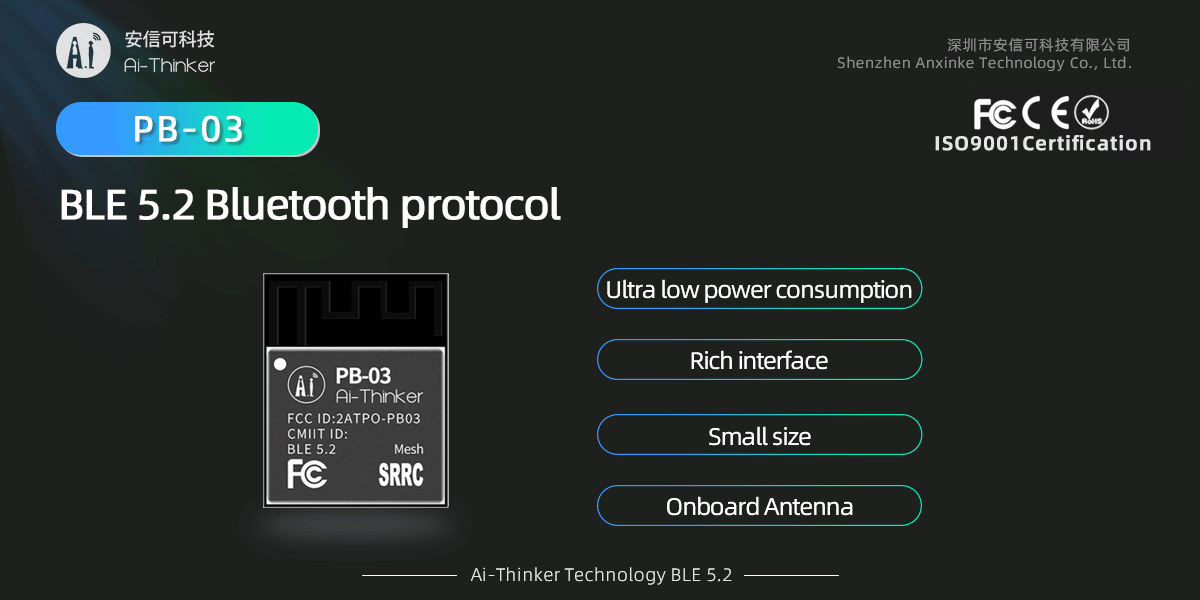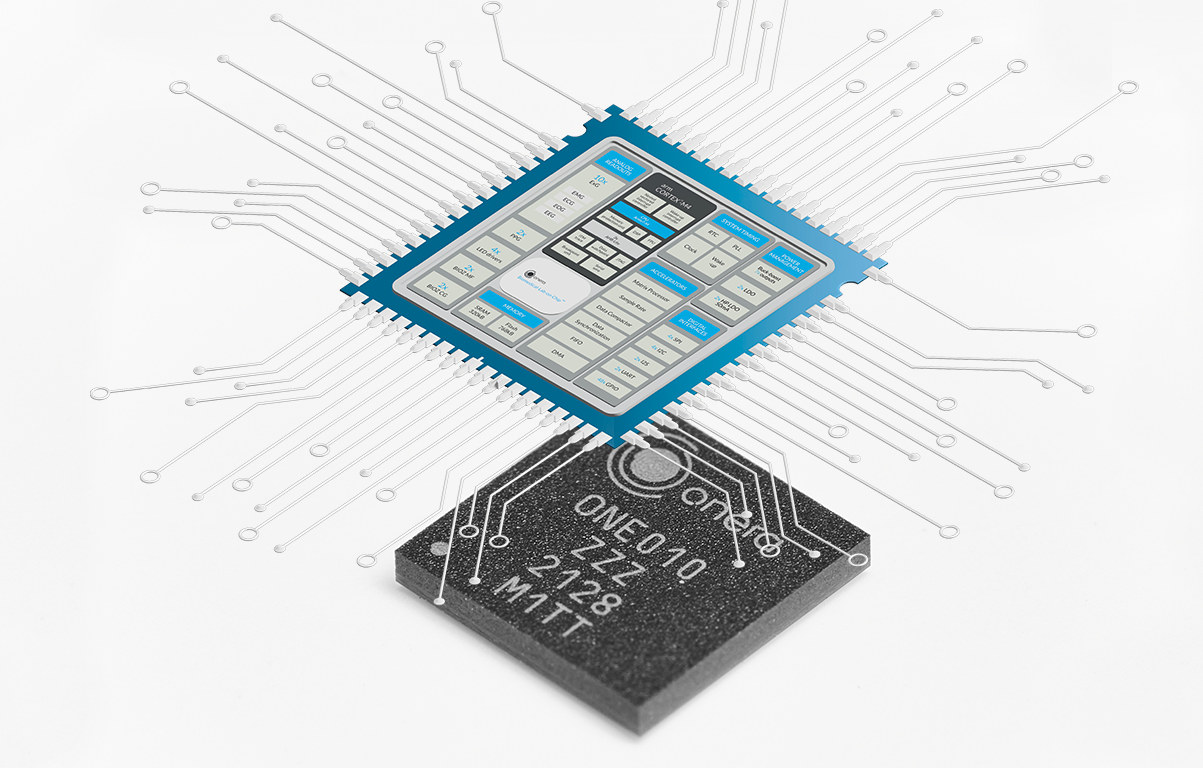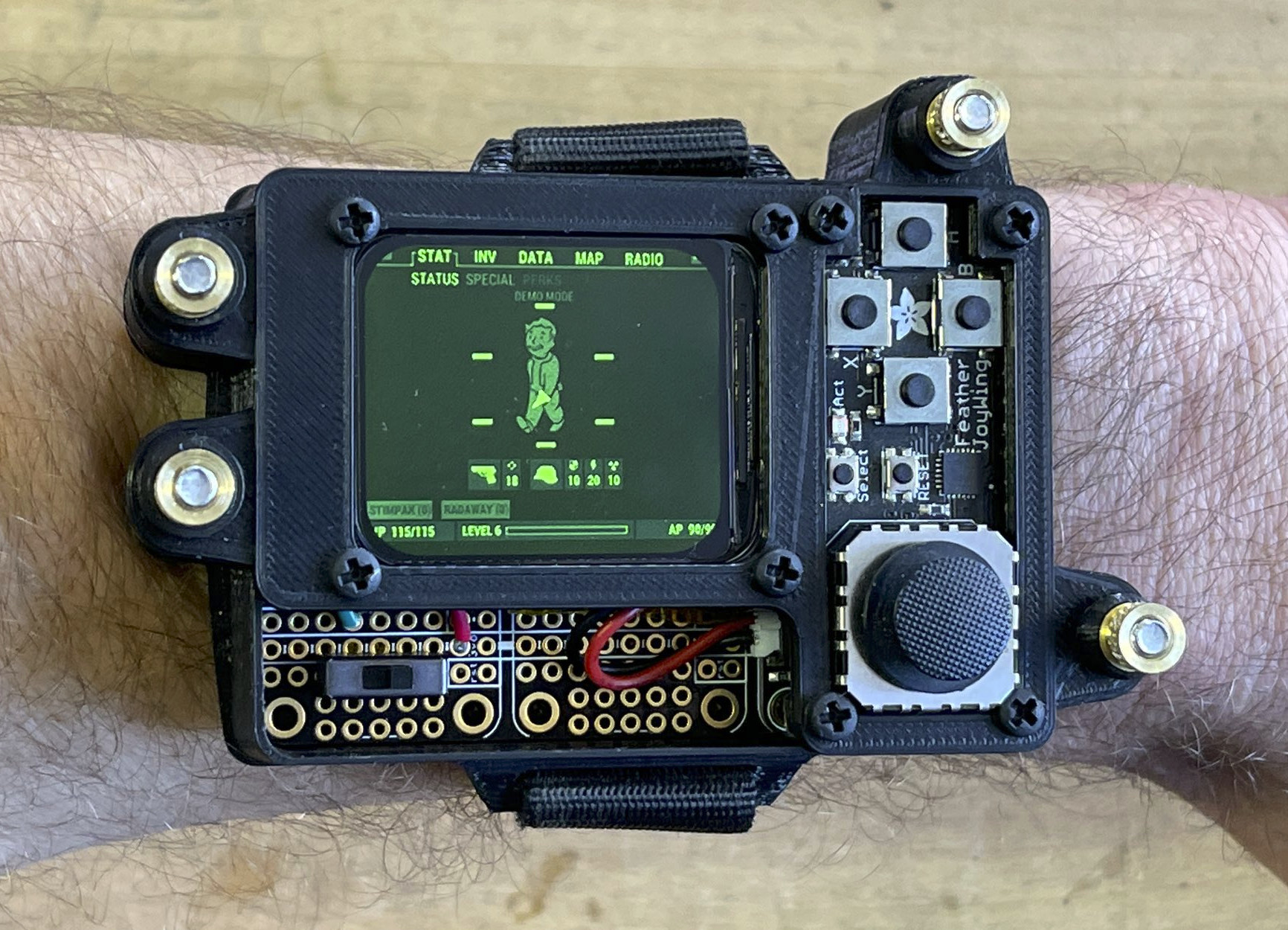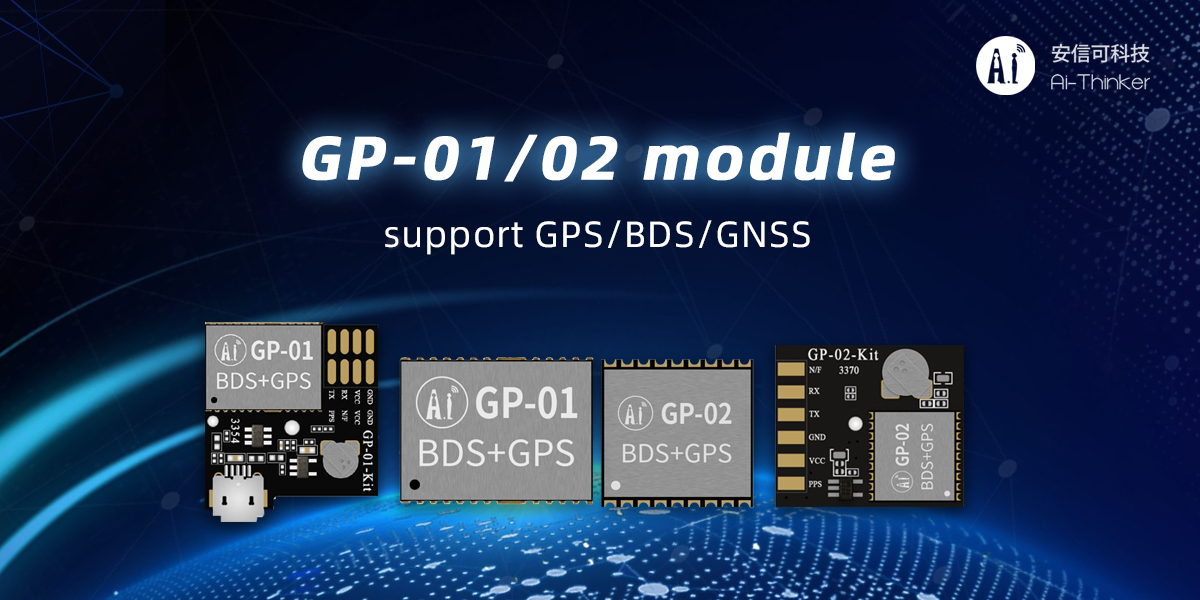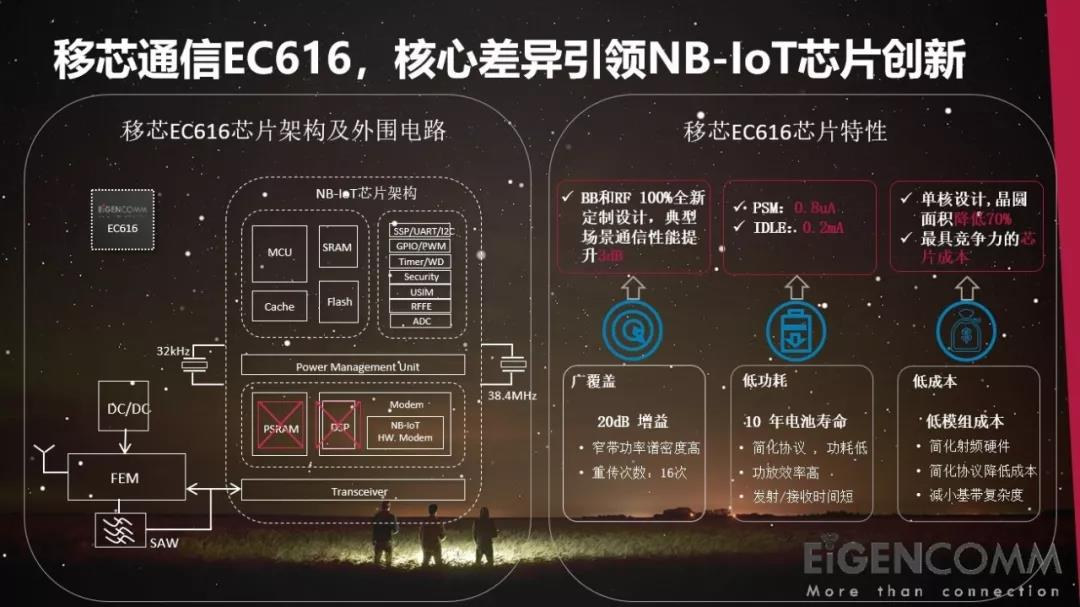Qualcomm unveiled a new Wireless AR Smart Viewer Reference Design powered by the Snapdragon XR2 platform last week with very few details, but the company has now demonstrated the system to some members of the press, so let’s have a closer look. The reference design aims to provide a similar level of performance as a headset connected to PC or premium smartphone, but with some of the processing offloaded to the Snapdragon XR2 processor, thereby eliminating the need for a cord while still achieving lag-free experiences in combination with the Qualcomm FastConnect 6900 WiFi 6 and Bluetooth 5.3 solution. It is supposed to offer a 40% thinner profile and a more balanced weight distribution than the earlier Snapdragon XR1 smart glasses reference design. Wireless AR Smart Viewer reference design specifications: SoC – Qualcomm Snapdragon XR2 with Octa-core processor with 1x Kryo Gold prime @ 2.84 GHz + 3x Kryo […]
5G RedCap leverages 5G features, limits bandwidth to 85Mbps for industrial IoT applications
5G is often associated with Gigabit speeds when found in mobile handsets or connected laptops, while there’s also 5G LPWA for battery-powered IoT devices. 5G RedCap, which stands for Reduced Capability, offers a middle ground for industrial IoT applications that keep some 5G features such as low latency, low power consumption, enhanced security, and network slicing while limiting the bandwidth to around 85 Mbps. 5G RedCap, also called NR Lite, will be part of 3GPP Release 17 scheduled for later in 2022, and further improved in Rel 18 in 2023. It will be first found in applications currently relying on LTE Cat 1 through Cat 4, and can be considered a light version of the 5G standard. An article on Telit says Rel 18 will specifically address the low-power wide-area network (LPWAN) segment currently carried seamlessly (e.g. no hardware changes required) in 5G by LTE-M and NB-IoT. I found out […]
PineSound is a development board for earbuds and digital audio players
You may have read Pine64’s April’s Fools spoof about the PineBuds and PinePod earlier this month. It turns out those will be real, and the Pine64 PineSound development board will be used to bring the PineBuds earbuds and PinePod digital audio player to market. The PineSound board features Bestechnic BES2300 Bluetooth 5.0 audio chip, two coaxial & optical input and output, a 3.5mm headphone jack, 4.4mm and 2.5mm balanced jacks, an SMA connector, a USB Type-C connector, plus interfaces for a touchscreen display. PineSound preliminary specifications: WiSoC – Bestechnic BES2300-YP dual-core Arm Cortex-M4F @ up to 300 MHz with HW DSP instruction, 992KB SRAM, 4MB flash, Bluetooth 5.0 dual mode. Supports hybrid ANC (active noise cancellation) and TWS (true wireless stereo). Note: the datasheet has been made available in the comments section. Display – LCD (should be SPI) and touch panel connectors Audio Coaxial & optical input (left) Coaxial & […]
PB-03 – A Bluetooth LE 5.2 module for the Smart Home, wearables, IoT, etc… (Sponsored)
What changes does Bluetooth LE 5.2 (BLE 5.2) bring? Maybe PB-03 module can tell you. PB-03 is a BLE module developed by Shenzhen Ai-Thinker Technology based on PHY+ PHY6252 32-bit microcontroller (see PDF datasheet) that offers high integration and low power consumption down to 0.3uA in OFF mode, and is well suited to various applications such as IoT, mobile devices, wearable electronic devices, and smart homes. PB-03 module’s highlights Ai-Thinker PB-03 provides an upgrade to earlier PB-01/02 modules with the following highlights: MCU – PHY6252 microcontroller with 256KB flash, 64KB SRAM Supports BLE 5.2 and Bluetooth Mesh Equipped with an on-board PCB antenna Up to 2 Mbps data rate I/Os – UART, PWM, ADC, I2C, SPI, PDM, DMA, and up to 19 IOs. Security – AES-128 encryption hardware Power consumption (PHY6252) 0.3uA @ OFF Mode (IO wake up only) 1uA @ Sleep Mode with 32KHz RTC 3.5uA @ Sleep Mode […]
Onera Health unveils Onera Biomedical-Lab-on-Chip with over a dozen sensor inputs
Onera Health, a Dutch-American MedTech company has just introduced the Onera Biomedical-Lab-on-Chip, an ultra-low-power biosignal sensor hub for wearable health, following their earlier work on sleep diagnostic solutions. The Arm Cortex-M4F based Onera ONE010 chip embeds a multi-channel sensor readout system with integrated data processing, power management, and interfacing features. It features biomedical inputs with 10 readouts for ExG, covering EEG, ECG, EMG, and EOG, 2 bioimpedance readouts, and 2 readouts for photoplethysmography, as well as digital filters and accelerators to process the data from the sensors. The microcontroller is also equipped with several standard wired interfaces such as UART, SPI, I2C, and I2S, operates from a single power source between 0.8V and 3.6V, and the company says a large amount of SRAM and embedded FLASH is available. I’ve managed to obtain a more readable block diagram and that means 320KB of SRAM and 768KB of flash. We can also […]
DIY Pip-Boy wrist computer is equipped with Adafruit Feather RP2040 board
The Pip-Boy is a (virtual) personal information processor found in Fallout post-apocalyptic role-playing video games. But John Edgar Park decided to bring the wrist computer to (real) life combining an Adafruit Feather RP2040 board, a round IPS TFT color display, directional buttons, a joystick, and a battery. The Raspberry Pi RP2040 based Pip-Boy is programmed with CircuitPython and the demo code is a slide-show with navigation controls, but you could obviously adapt the code to your needs. The main components are: Black Adafruit Feather RP2040 board Adafruit Joy FeatherWing adding buttons and a joystick Adafruit 1.69″ 280×240 Round Rectangle Color IPS TFT Display FeatherWing Tripler mini kit to connect the two boards above and the display 3D printed enclosure A 3.7V/420mAh LiPo battery for power On/off switch The design is completed with some headers, stand-offs, screws, and a nylon watch strap. You’ll find detailed instructions with the list of parts, […]
Tiny, high-precision GPS modules target UAV’s, wearables (Sponsored)
With the rapid development of the Internet of Things, positioning requirements are getting more strict notably with the need for higher precision and smaller GNSS modules. If you are looking for compact GPS modules that support a variety of satellite navigation systems, including China’s Beidou satellite navigation system BDS, the United States’ GPS, and Russia’s GLONASS with low power consumption (3.3V, 30mA), you may consider Ai-Thinker’s GP-01 and GP-02 GPS modules offering the smallest size. The GP-01 module has a total of 24 interfaces with five GPIO pins, while the GP-02 module has a total of 18 interfaces with three GPIO pins. These two modules are also available in development boards for ease of evaluation and development. Both are cheap, reliable, and based on the state of the art technologies. Thanks to its small size of only 10.3 x 9.9 x 2.4 mm, the GP-02 module can be easily embedded […]
Eigencomm EC616/EC616S SoC supports Cat-NB2 cellular IoT
Eigencomm EC616/EC616S are Cortex-M3 microcontrollers supporting the 3GPP R13/R14 NB-IoT standard, with 3GPP R14 notably introducing the newer LTE Cat-NB2 standard allowing higher bitrates up to 127 kbps downlink, and up to 159 kbps uplink, and OTDOA and E-CID positioning methods. Both EC616 and EC616S are virtually identical, but the EC616S comes with fewer GPIOs and is designed for the lowest possible BoM cost for modules as small as 10×10 mm. Both target similar IoT applications such as wireless meter reading, smoke detection, smart street lights, smart logistics, asset tracking, smart fire monitoring, smart parking, smart home, wearable devices, industry 4.0, smart agriculture, and others. Eigencomm EC616/EC616S specifications: MCU core – Arm Cortex-M3 @ up to 204 MHz Frequency band – 663 MHz to 2200 MHz Protocol version – 3GPP R13/R14 Built-in PA output power – 23dBm Receiver sensitivity – EC616: -118 dBm, EC616S: -117 dBm Peripherals EC616 – 2x […]



